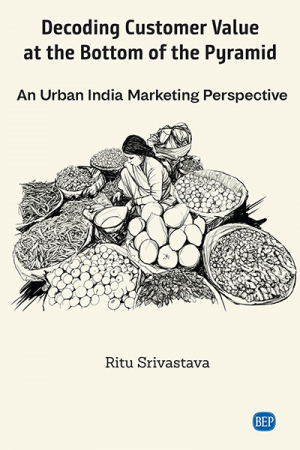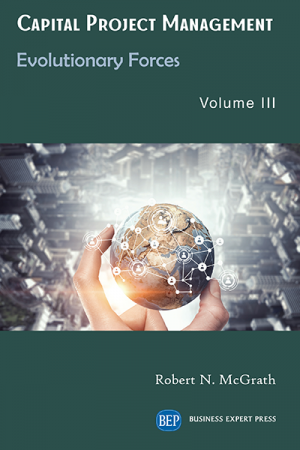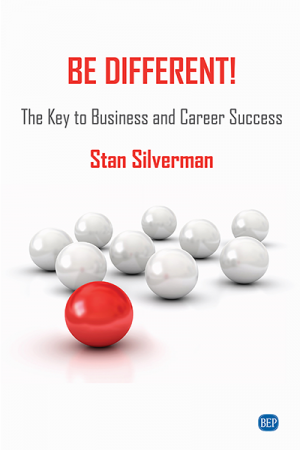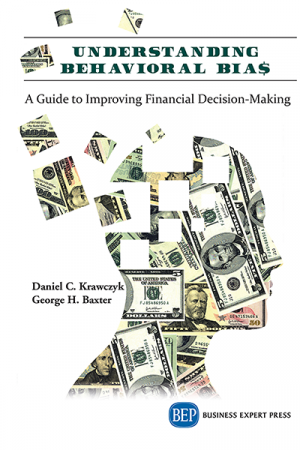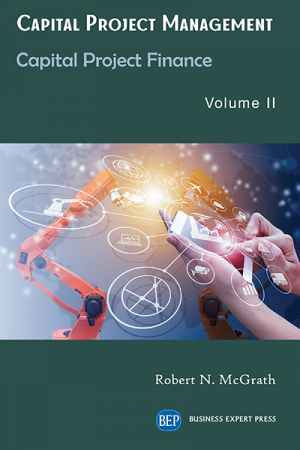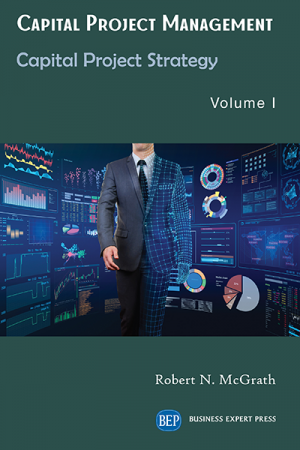Decoding Customer Value at the Bottom of the Pyramid: An Urban India Marketing Perspective
$31.99Mature businesses across all advanced countries are struggling to find new markets. Indian market has been estimated huge in size, approximately $1.2 trillion in purchasing power parity for the households earning an annual income of less than $4,000. This comes to almost 880 million of Indian population of which 22 percent is urban India and 78 percent rural India.
Referred to as bottom of the pyramid/low income/subsistence markets, while these markets offer immense business opportunities they also pose challenges. The needs of this segment have to be addressed by the corporate world but it might need a new approach with new business frameworks for implementation. The companies must understand what constitutes value for this segment, how it is different from other segments and how firms can offer value through their market offerings; accordingly what could be the successful business models.
Decoding Customer Value at the Bottom of the Pyramid: An Urban India Perspective answers these questions through a practical, rigorous and research oriented way. This book is a must read for business executives across the globe with an interest in the low income customers in India.


